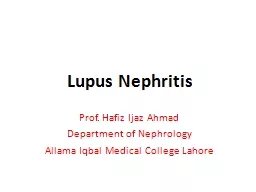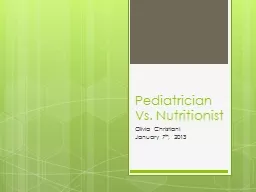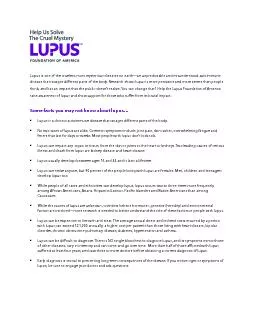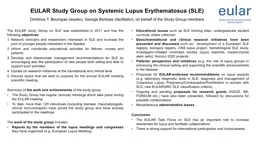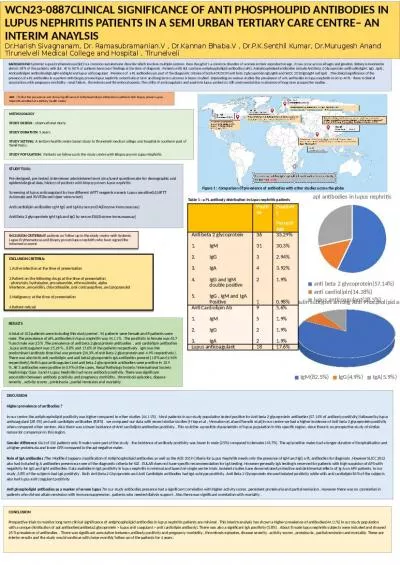PPT-Cardiovascular Disease in Lupus: The Impact a Pediatrician
Author : lindy-dunigan | Published Date : 2017-08-15
Christina McConnell PGY3 Which of the following is NOT one of the diagnostic criteria for lupus Biopsy proven lupus nephritis with a positive ANA Hemolytic anemia
Presentation Embed Code
Download Presentation
Download Presentation The PPT/PDF document "Cardiovascular Disease in Lupus: The Imp..." is the property of its rightful owner. Permission is granted to download and print the materials on this website for personal, non-commercial use only, and to display it on your personal computer provided you do not modify the materials and that you retain all copyright notices contained in the materials. By downloading content from our website, you accept the terms of this agreement.
Cardiovascular Disease in Lupus: The Impact a Pediatrician: Transcript
Download Rules Of Document
"Cardiovascular Disease in Lupus: The Impact a Pediatrician"The content belongs to its owner. You may download and print it for personal use, without modification, and keep all copyright notices. By downloading, you agree to these terms.
Related Documents




